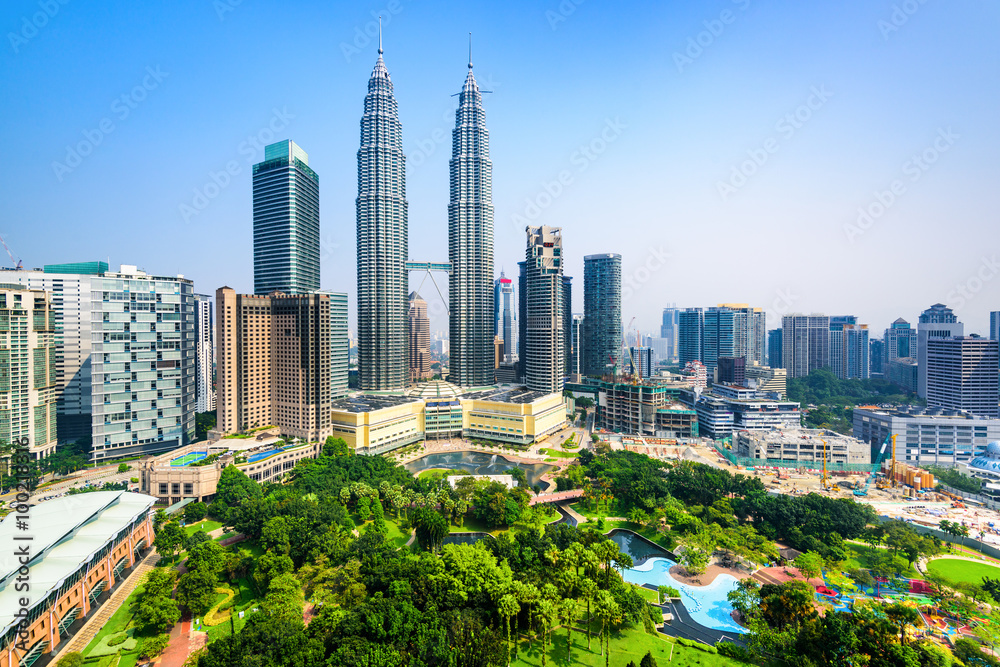Overview
Malaysia is a vibrant and diverse country located in Southeast Asia. It is a popular tourist destination, known for its stunning natural beauty, rich cultural heritage, and delicious cuisine. Visitors to Malaysia can explore bustling cities, tropical rainforests, and pristine beaches, making it a great destination for travelers of all interests.
I. Transportation
Short Distance
Getting around Malaysia is relatively easy and affordable, thanks to the country’s extensive public transportation network. In the cities, visitors can take advantage of buses, taxis, and trains to get around. For shorter distances, the best option is usually a taxi or ride-sharing service like Grab. These services are widely available in most cities and are very reasonably priced.
Long Distance
For longer distances, visitors can take advantage of Malaysia’s well-developed intercity bus and train systems. Long-distance buses are affordable and comfortable, with many routes running between major cities throughout the country. Trains are also an option, with several different classes of service available depending on your budget and preferences.
II. Accommodation
Malaysia offers a wide variety of accommodation options to suit every budget and travel style. From budget hostels to luxury hotels, visitors can find a place to stay that meets their needs. Some of the most popular areas for accommodation include the cities of Kuala Lumpur and Penang, as well as the beach destinations of Langkawi and Tioman Island.
III. Food
One of the highlights of any trip to Malaysia is the food. The country’s cuisine is a delicious fusion of Chinese, Indian, and Malay flavors, with plenty of street food and local specialties to try. Visitors can sample dishes like nasi lemak, laksa, and satay, as well as a variety of delicious desserts like cendol and ais kacang.
IV. Safety
Malaysia is a relatively safe country to travel to, with low levels of violent crime. However, visitors should still exercise common sense and take precautions to avoid petty theft and scams, especially in crowded areas like markets and public transport hubs.
V. Climate
Malaysia has a tropical climate, with warm temperatures and high humidity throughout the year. Visitors should be prepared for frequent rain showers, especially during the monsoon season from November to February. Light, breathable clothing is recommended, as well as a rain jacket or umbrella.
VI. Power Plug & Voltages
The power sockets in Malaysia are Type G, which are the same as those used in the UK and Hong Kong. The standard voltage is 240V, so visitors from countries with a lower voltage should bring a converter if they plan to use electronic devices.
Power Plug: Type G (the same as those used in the UK and Hong Kong)
In some places, Type A, C and M are also available
Voltage: 240V, 50 Hz
Reference: https://www.iec.ch/world-plugs
VII. Language
The official language of Malaysia is Malay, but English is widely spoken and understood, especially in the major cities and tourist areas. Other languages commonly spoken in Malaysia include Mandarin, Tamil, and Hokkien.
VIII. Currency
The currency in Malaysia is the Malaysian ringgit (MYR). Visitors can easily exchange their currency at banks or money changers, and ATMs are widely available throughout the country. Credit cards are accepted at most hotels and restaurants, but cash is still the preferred method of payment at smaller establishments and markets.
IX. Visa and Other Requirements
Check the visa requirement before you purchase your flight tickets:
https://discover.passportindex.org/
Also, do not forget to check the COVID vaccination requirements.
https://wwwnc.cdc.gov/travel/destinations/list
In conclusion, Malaysia is a wonderful travel destination with plenty to offer visitors. With a little planning and preparation, visitors can make the most of their trip and experience all that this vibrant and diverse country has to offer.
OpenAI. (2023). About Malaysia. Reviewed and edited by VivMo Projects, LLC.
